Pest Trapping Frequently Asked Questions
The CAPS program uses a variety of traps to catch the specific insects we are looking for. We also place chemical lures inside the traps that draw in the target species. The target species insect can smell these lures for miles, so if there is one in sight, we can catch it and trap it. The traps come equipped with kill strips so the insects within are caught, killed, and then shipped to a lab for identification.
See below for additional information about insect trapping.
What are the traps CAPS uses?
We use a variety of traps because we are monitoring a variety of insects! The main kinds of traps we use include:
- Plastic bucket traps
- Lindgren funnel traps
- Delta traps
- Milk carton traps
How do the traps work?
There is a pheromone lure which is specifically designed to lure our target bugs into the trap. The lure has a chemical scent which mimics that of a receptive partner bug. The bug is attracted to the trap because it thinks it has found a receptive mate. Once the bug falls into the trap, an insecticide strip on the inside kills the insect.
There are different kinds of traps that work best for different kinds of insects. The Lindgren funnel trap is great for attracting beetles because it mimics the trunk of a tree, which our target beetles live in. This kind of trap would not be very appealing to a moth however, because they are not attracted to trees. A moth would be easier to trap with a sticky trap, where it could land onto sticky paper without flying out.
Are the traps dangerous to humans or pets?
No, the traps are not dangerous and the pheromone lures only attract the bug they are designed to catch. Humans and pets can’t really smell the pheromone lure.
There is insecticide present, but it is only inside the traps. If you do not dismantle the traps you will not come into contact with the insecticide at all. The insecticide amount is also very small and the effectiveness of the insecticide decreases after just a few weeks. The trap is only lethal to insects who crawl inside of it.
Can I touch the traps?
Please do not touch the traps, as they may contain insects we are looking for, and disturbing them could make the traps ineffective or could cause us to lose data. Traps are strategically placed in specific locations where we believe we may find target pests and they are maintained by trained staff.
The data we gather is important to farmers and the community, so please leave the traps undisturbed!
Are there bugs in the traps?
Usually, yes. If the pheromone lures and traps are working well, we will catch more than just the insects we are looking for.
All bugs we catch are collected and sent to specialists for identification. Bugs that are identified but not on our watch list are stored in the CSU entomology archives so other scientists can study them.
If we find any of the invasive species we are keeping an eye out for, we let farmers and other people in the area know. Then we put more traps out and try to collect more of them. Once we are positive there is an established population of invasive bugs in our area, we develop an action plan to get rid of the pest population.
We use pesticides mostly as a rapid response solution. Biocontrol (using other insects to curtail an invasive pest population) is used for management of established populations. The goal of CAPS is to prevent establishment of invasive insect populations.
Types of traps
Plastic bucket
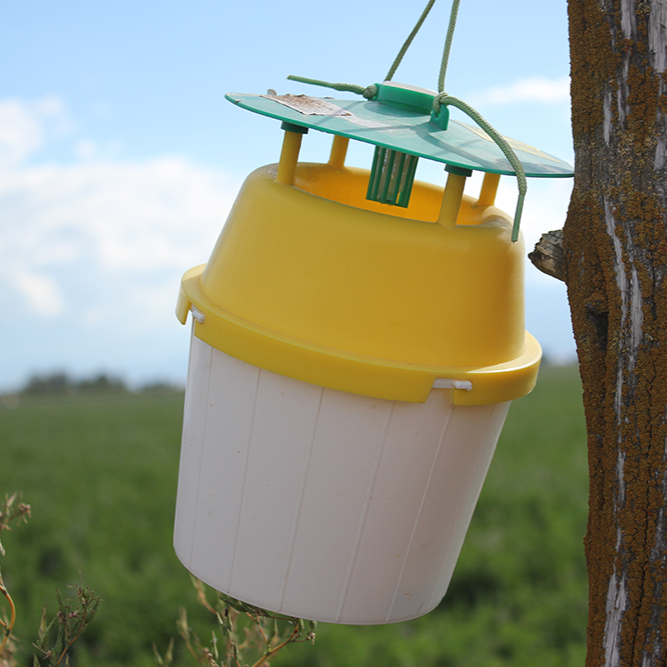
Plastic bucket traps have a small white bottom which clips into a yellow top. They also have green lids with wire hangers. Plastic bucket traps are usually placed in open fields. These traps catch moths and beetles.
Lindgren funnel
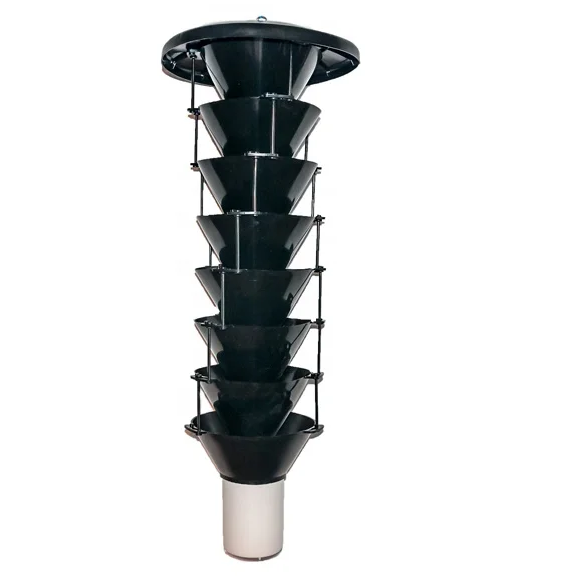
Lindgren funnel traps look like a series of black funnels that roughly resemble a tree. These traps attract beetles.
Delta
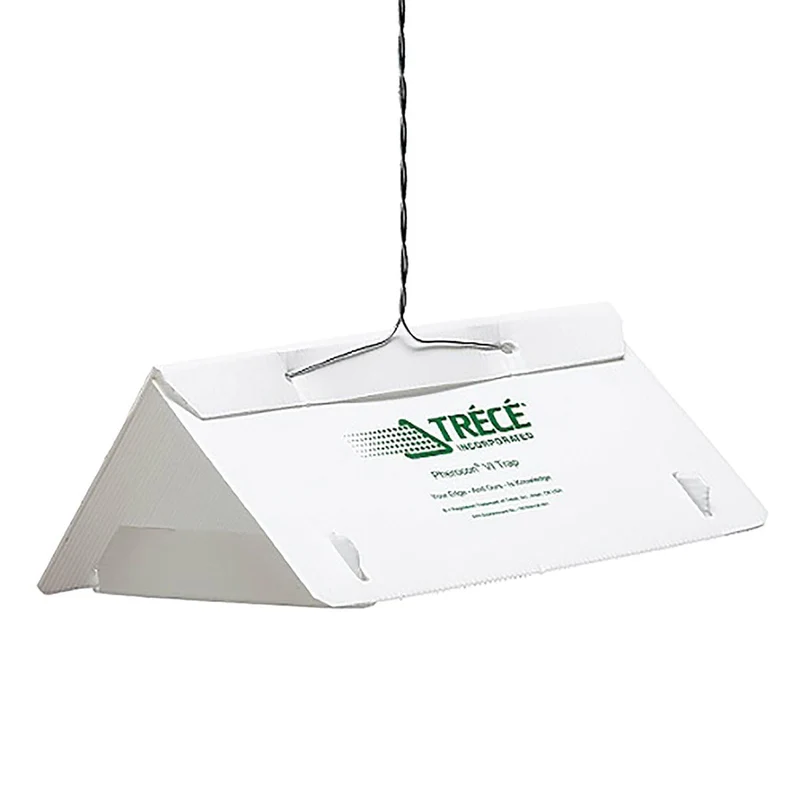
Delta traps are small triangle shaped traps with sticky liners inside them. These traps attract moths and other flying insects.
Milk carton traps
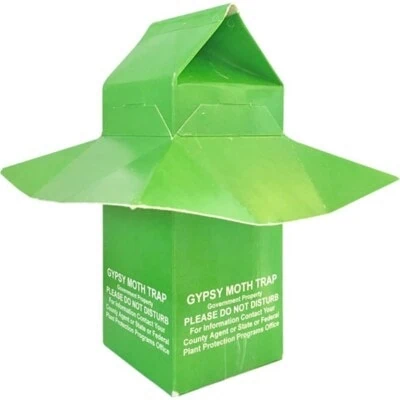
These traps look like green milk cartons with wings on them. They attract moths.
Japanese beetle tracking
The Japanese beetle is an invasive pest that can cause a lot of damage for farmers and gardeners.
There are counties all across Colorado that have elected to help fight against Japanese beetles with monitoring and eradication. To monitor populations, we set up a lure which mimics the scent of a receptive Japanese beetle. The pheromone lure can attract Japanese beetles from several miles away. Once the beetle is lured in, the trap holds and kills the pest to keep it from spreading. In this way, we have been able to reduce the Japanese beetle population in our target areas.
Japanese beetle traps
The Japanese beetle traps are green shuttle-shaped traps with holes cut along the bottom of them. If you see a Japanese Beetle trap in your area, do not disturb it! It is playing a crucial role in protecting the environment from invasive pests.
The image below shows Japanese beetle trap variations. CDA uses Variations B and C mostly, so that is what you would most likely see in public areas.
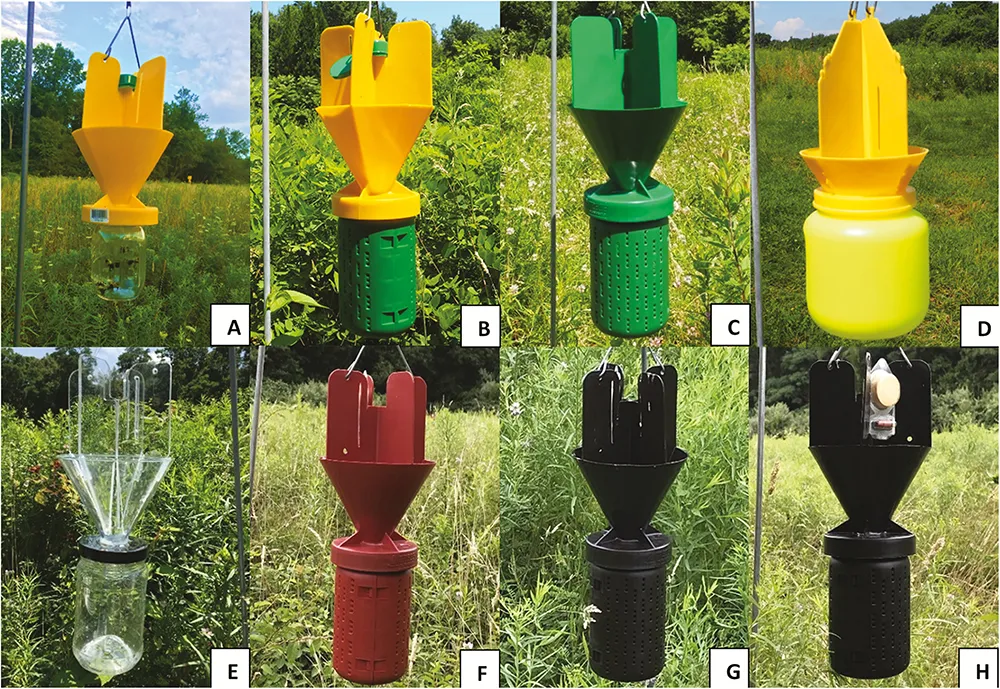
What happens if you find a pest on my property?
The goal of CAPS is to protect Colorado’s agriculture and natural landscapes by early detection of invasive pests. The earlier we can detect unwanted pests, the better we can protect ourselves against them.
It is hard to predict exactly what action CDA would take if a pest were found, because there are many factors to consider. CDA’s actions would be dependent on what we find, when we find it, where we find it, and how many we find.
In most cases, the first step will be to begin a delimiting survey the following year. This means that we would set up many more traps in the area to determine the scope of the problem and its impacts on the area.
Our goal is to protect business and consumers. By working with impacted landowners and businesses, program staff will draft a plan to prevent greater spread of the invasive pest.
Can we see the results of the survey at the end of the season?
A delimiting survey is a monitoring and early detection tool. Samples collected are taken to CSU throughout the season for identification. The only data we are gathering is whether we have found any target species, we are not identifying every insect found in a trap.
If you would like to know what pests we are monitoring for, here are some good public resources from the USDA.